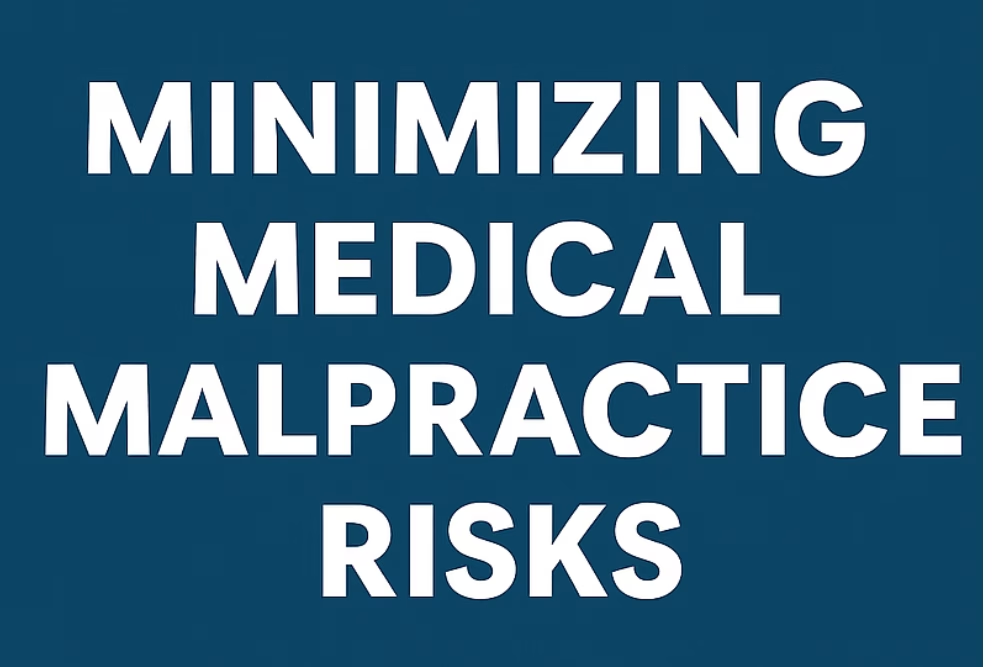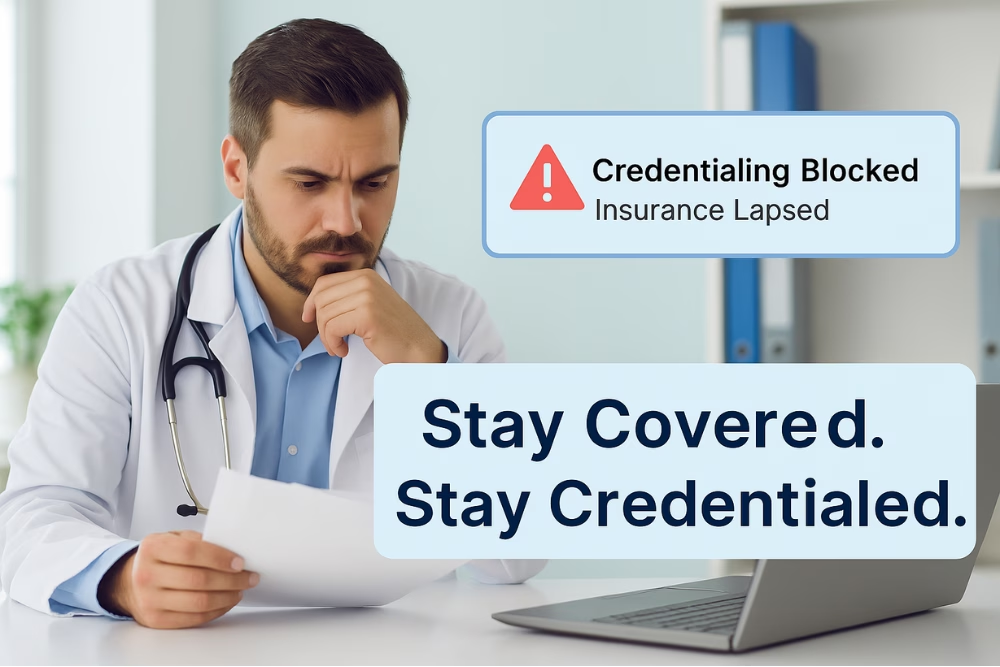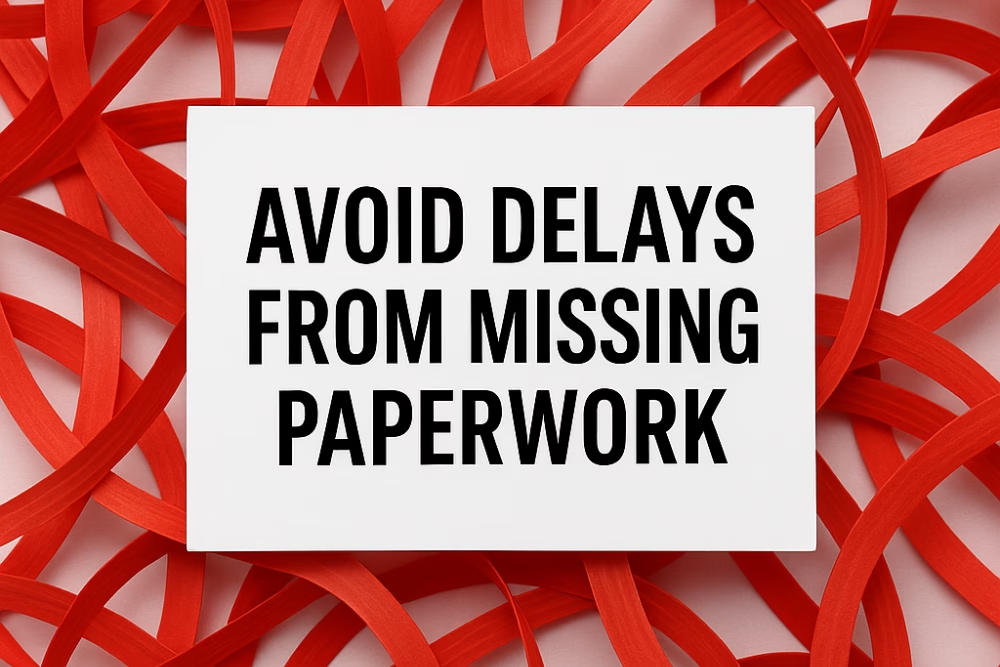Launching a healthcare practice is an exciting milestone, but before seeing your first patient, insurance credentialing for new healthcare practices must be at the top of your to-do list.
Credentialing allows you to become an in-network provider with insurance companies, enabling your practice to bill payers directly for patient services. Getting credentialed early is essential for maximizing revenue and expanding your patient base from day one.
Here’s a step-by-step guide to streamline your credentialing process and set your practice up for success.
Strategic Insurance Network Selection
Choosing the right insurance partners impacts everything from your revenue stream to patient accessibility. When building your credentialing strategy, consider:
-
National Carriers: Prioritize major insurers like Aetna, UnitedHealthcare (UHC), Humana, Cigna, and Blue Cross Blue Shield. These networks give you access to a large patient base.
-
Government Programs: Enroll in Medicare, Medicaid, and Tricare to serve diverse demographics and increase reimbursement potential.
-
Supplemental Plans: Don’t overlook secondary carriers—these can enhance your coverage offerings.
-
Local Market Analysis: Understand which networks dominate in your area. Align your credentialing strategy with your target patient population and community needs.
Timing is Everything: Start Credentialing Early
Insurance credentialing for new healthcare practices can take anywhere from 3 to 9 months, especially when applying to multiple networks. The earlier you start, the better.
-
Early Prep: Compile documentation such as your NPI, CV, licenses, DEA certificate, board certifications, and malpractice insurance.
-
Begin Before You Open: Even if your office isn’t fully set up, many parts of the credentialing process can begin in parallel with your business licensing and banking setup.
The Benefits of Getting Credentialed Early
-
Revenue from Day One: Being in-network means you can start billing insurers immediately.
-
Enhanced Patient Access: More patients prefer in-network providers due to lower out-of-pocket costs.
-
Fewer Operational Delays: Early credentialing helps you stay focused on clinical care and practice management when you open.
Credentialing Best Practices
Here are a few tips to keep your credentialing process smooth:
-
Keep Records Organized: Track every submission, document, and contact with payers.
-
Follow Up: Regularly check in with carriers to confirm progress and resolve issues.
-
Leverage Technology: Use credentialing software or outsource to a provider like eClinicAssist for real-time tracking and task automation.
Let eClinicAssist Handle Your Credentialing with Confidence
Credentialing is complex, but it doesn’t have to be overwhelming. At eClinicAssist, we help new healthcare practices navigate the credentialing process efficiently—from initial applications to full payer enrollment. Let us help you get credentialed quickly so you can focus on delivering exceptional care.
👉 Contact eClinicAssist today for a free consultation and learn how we can streamline your startup credentialing.







